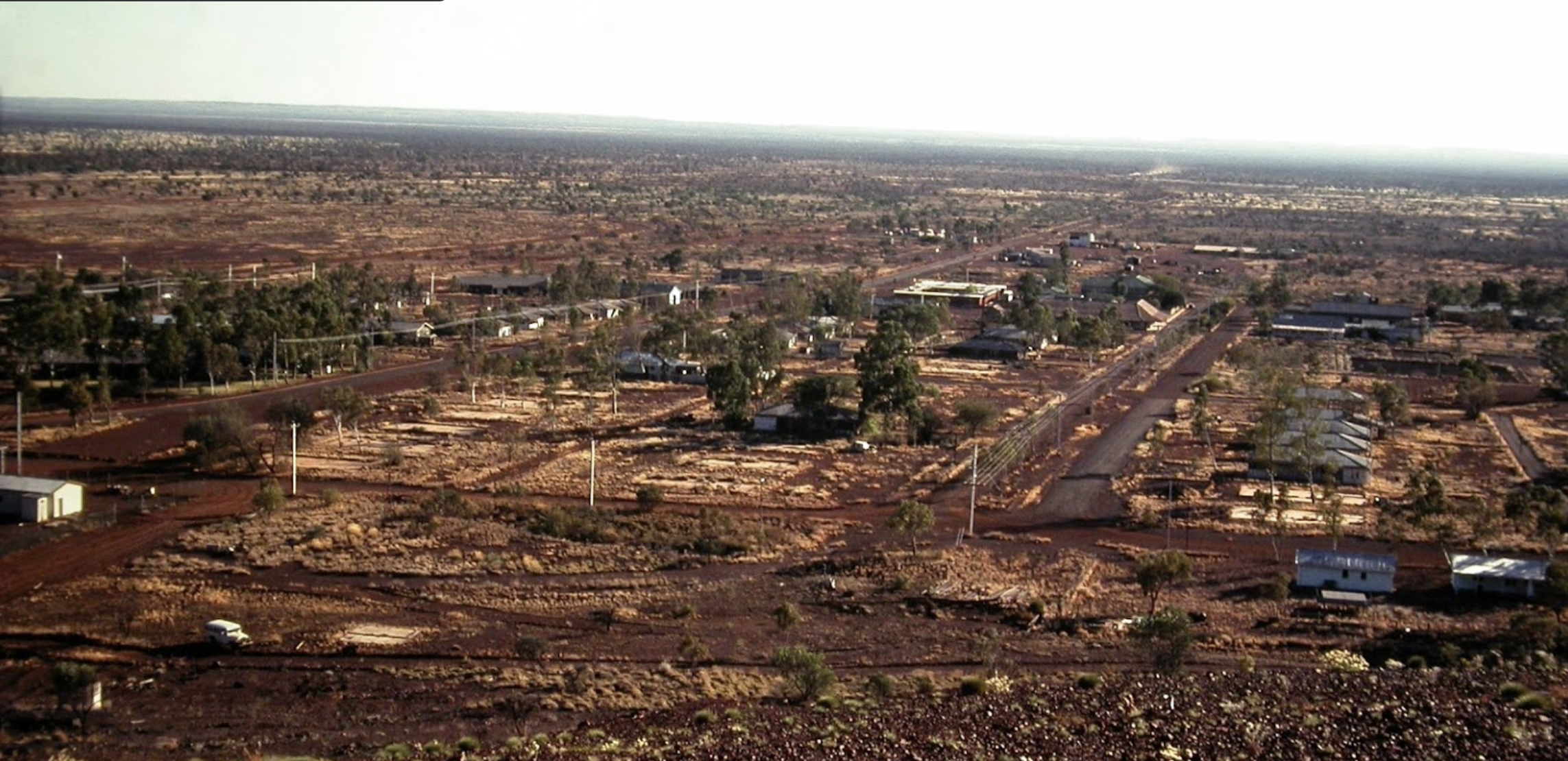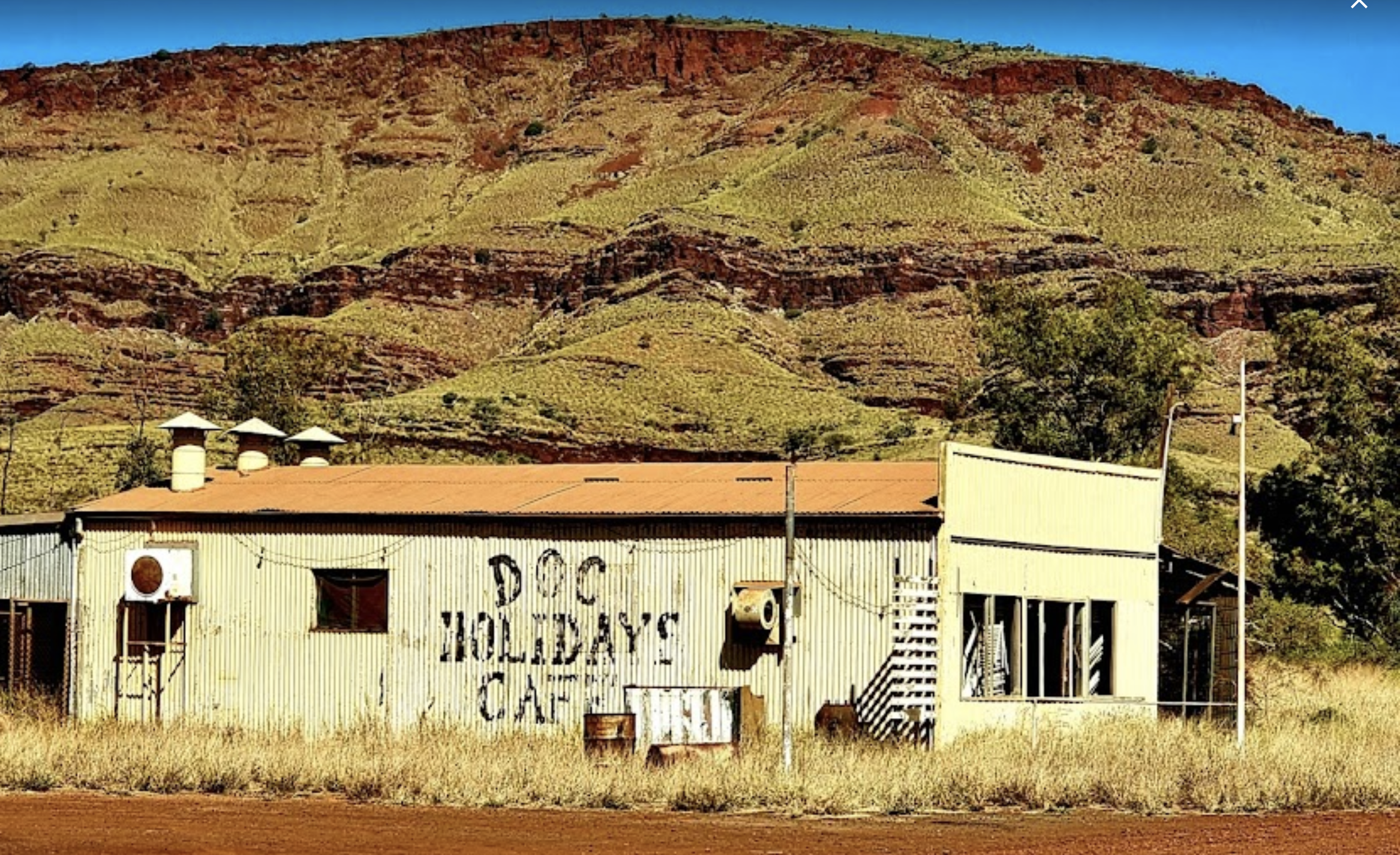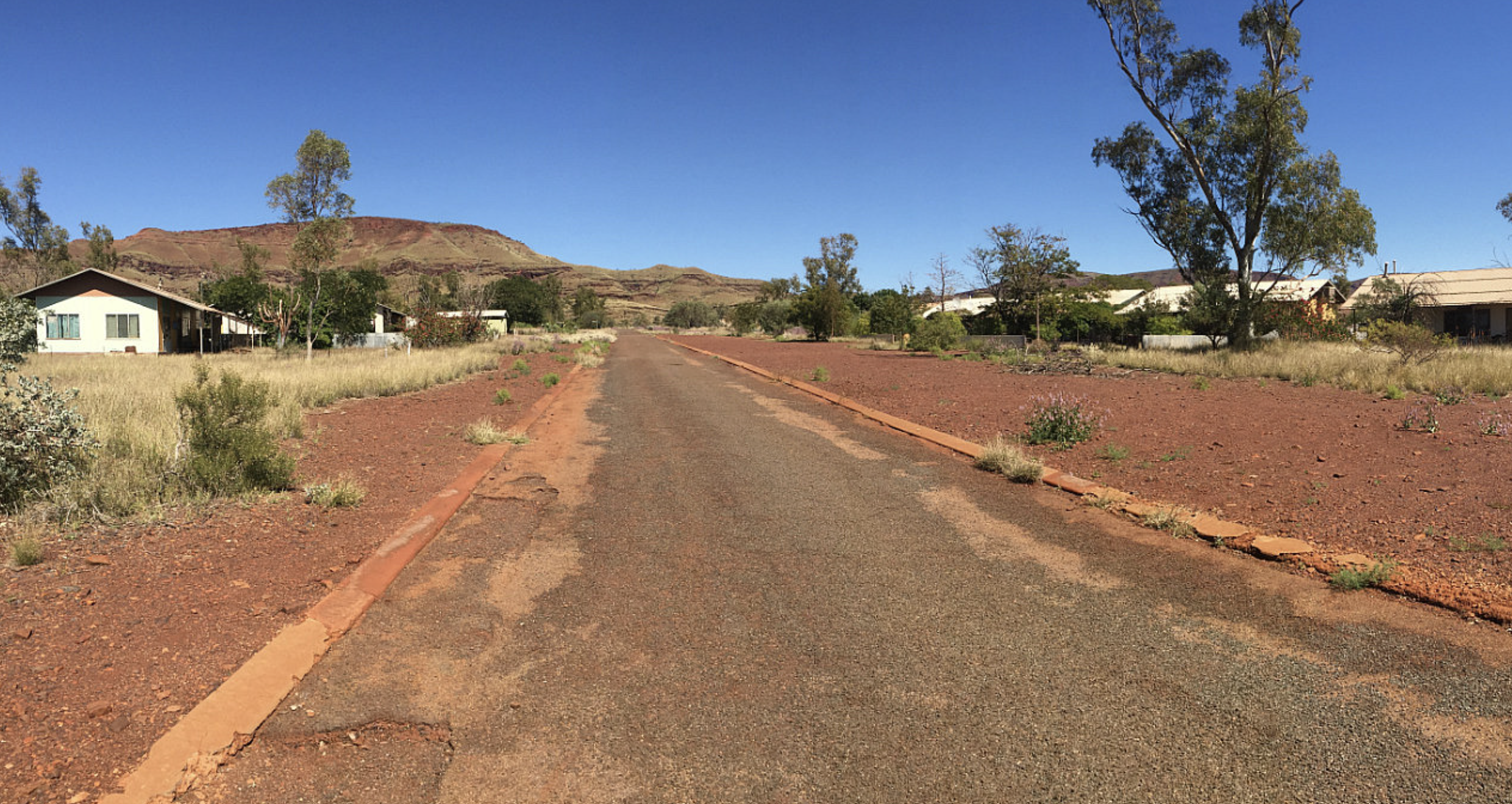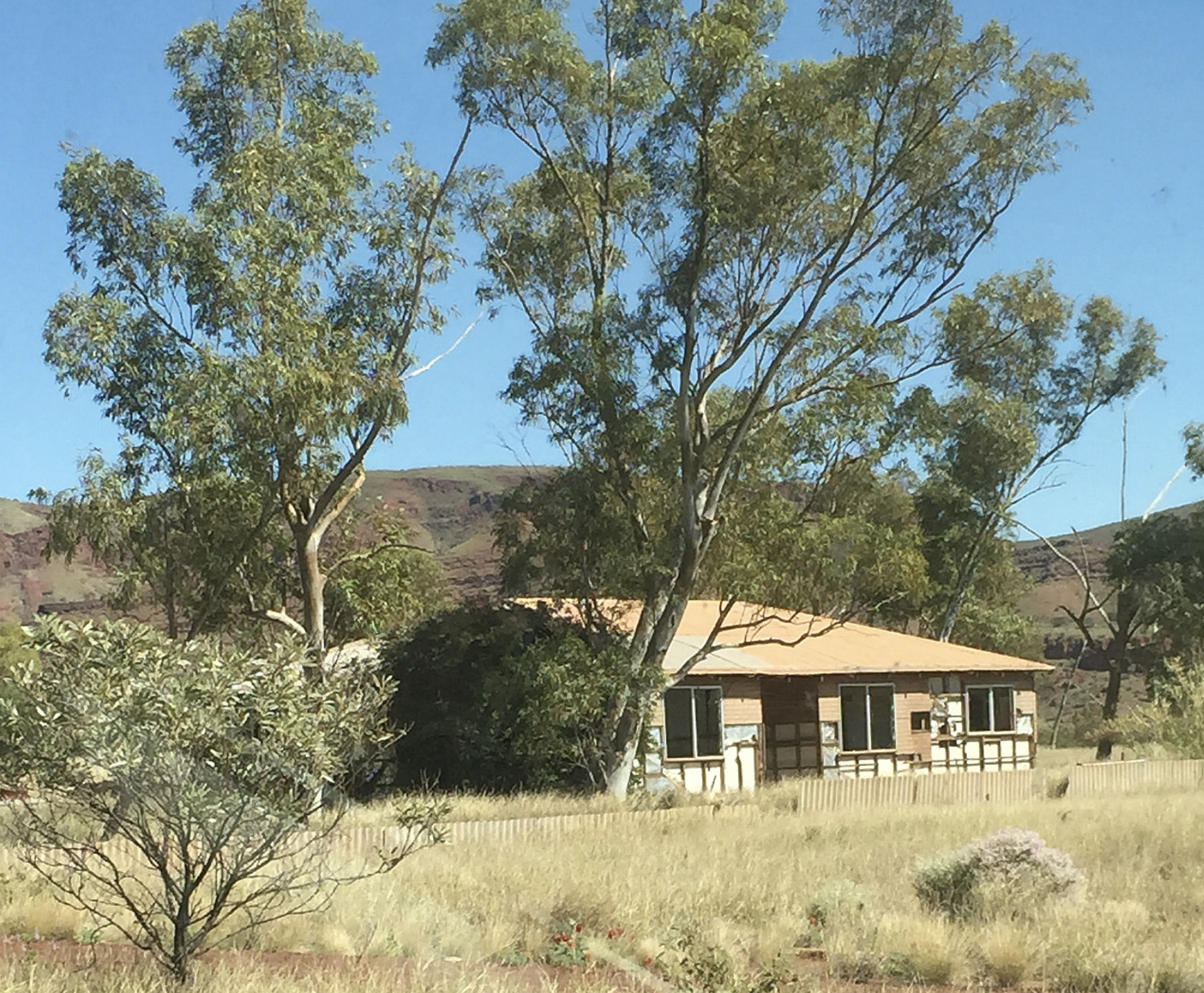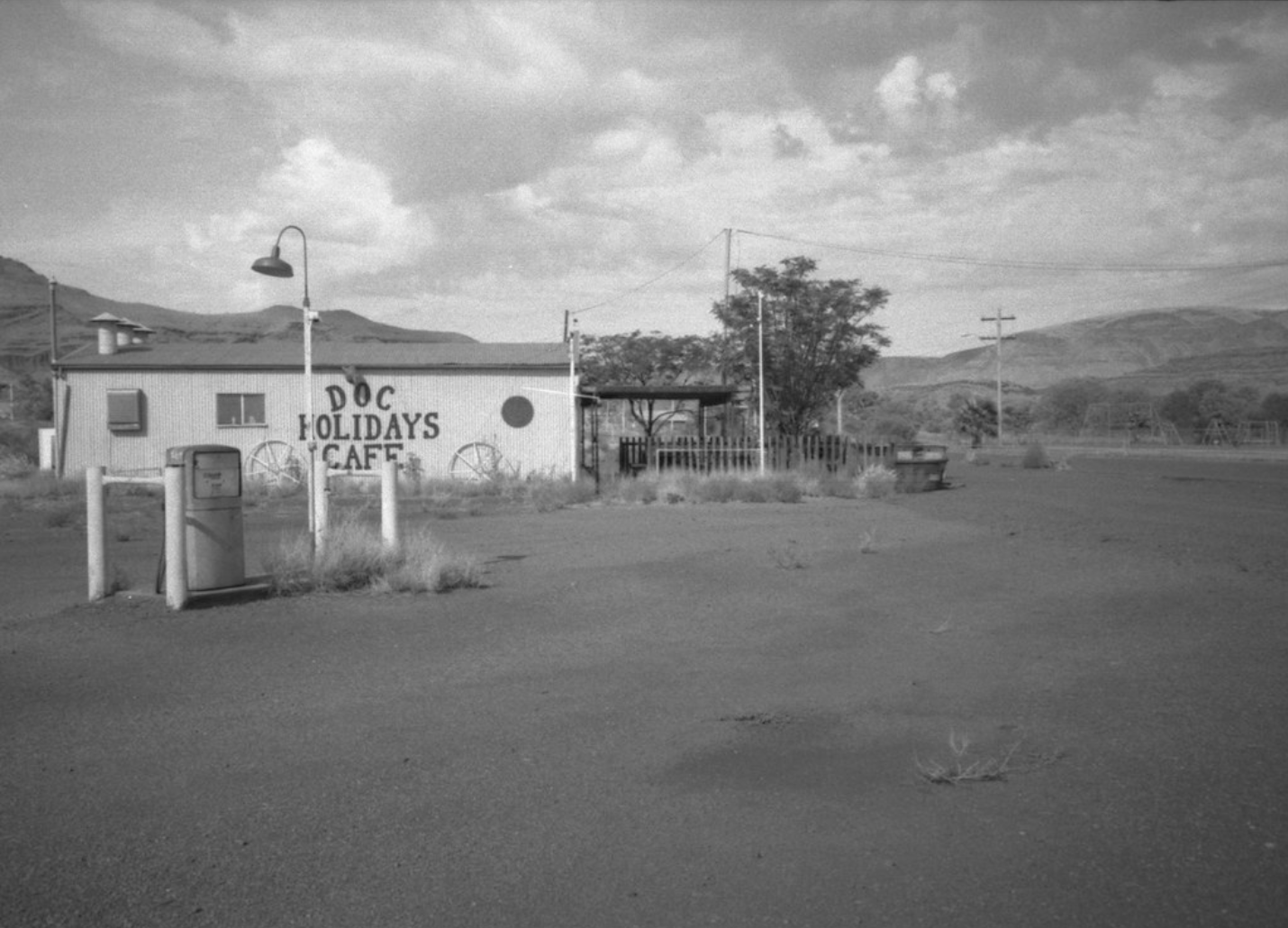Australia’s Chernobyl: Wittenoom, Western Australia //
Originally named in 1948 after Frank Wittenoom, a partner at the nearby Mulga Downs cattle station, the area around Wittenoom was mainly pastoral until the 1930s when mining for blue asbestos began. During the 1950s and early 1960s, Wittenoom was Australia's only supplier of blue asbestos. The mine was shut down in 1966 due to its unprofitability, and growing health concerns from asbestos mining in the area.
The former townsite no longer receives government services. In December 2006, the Government of Western Australia announced that the town's official status would be removed and, in June 2007, Jon Ford, the Minister for Regional Development, announced that the townsite had officially been degazetted. The town's name was removed from official maps and road signs, and the Shire of Ashburton is able to close roads that lead to contaminated areas. The Wittenoom steering committee met in April 2013 to finalize the closure of the town, limit access to the area, and raise awareness of the risks.
In 2016, Wittenoom had only three permanent residents, who defied the Government of Western Australia's removal of services and its stated intention to demolish the town. On 30 June 2006, the Government turned off electric power to Wittenoom. There were still three residents in late 2018, when the government announced plans to force them out by compulsorily acquiring their properties. As of September 2022, Wittenoom has no residents, and any remaining structures are scheduled to be demolished by the Western Australian Government.
